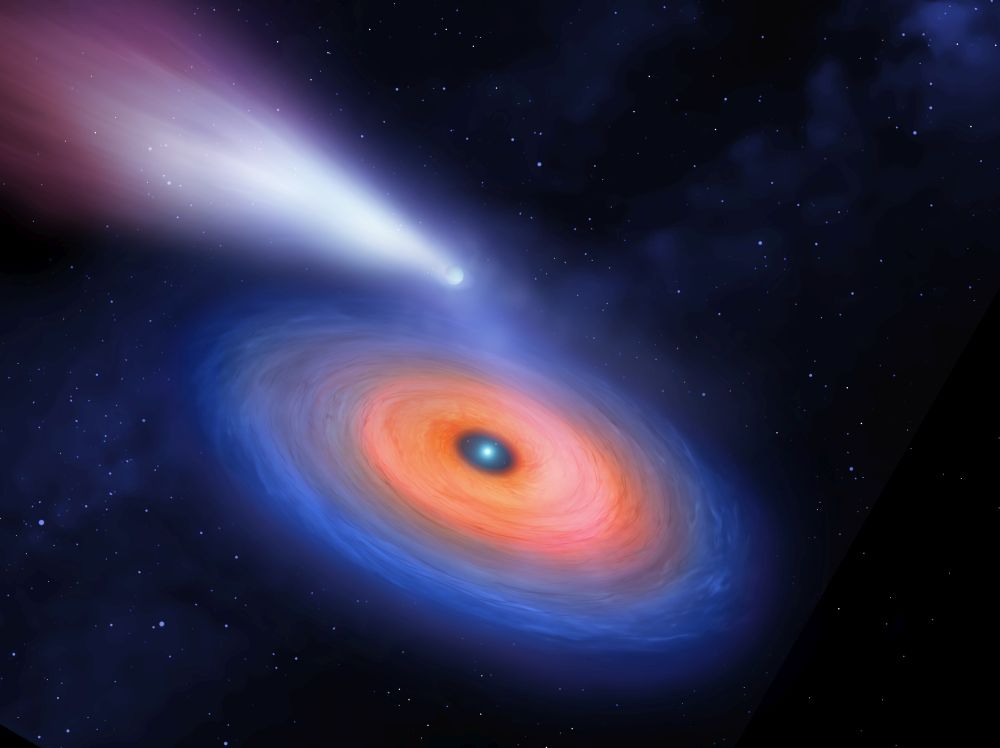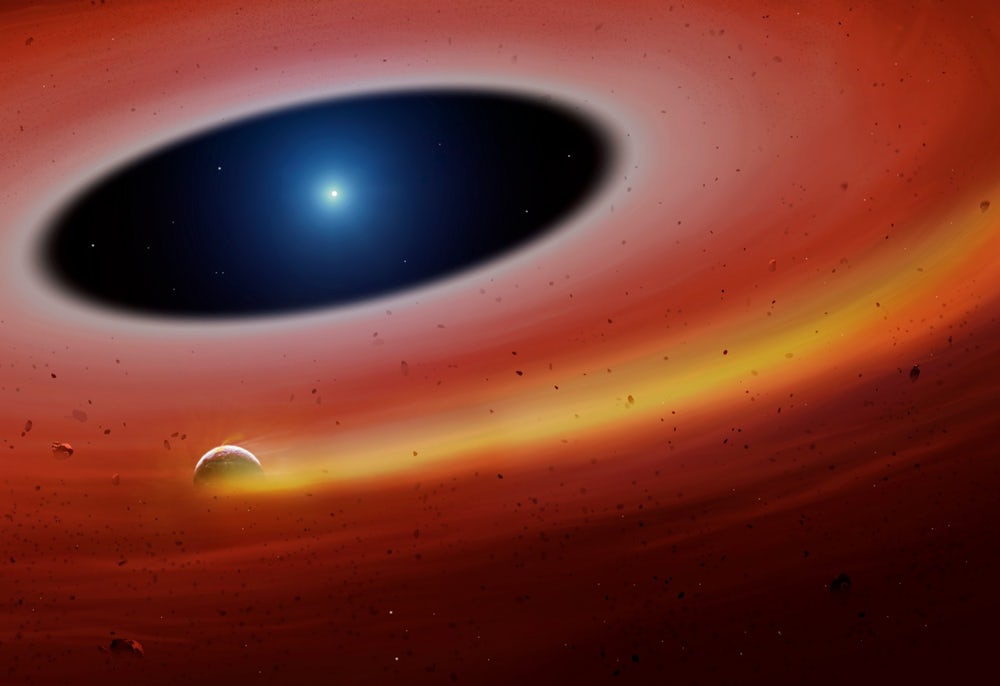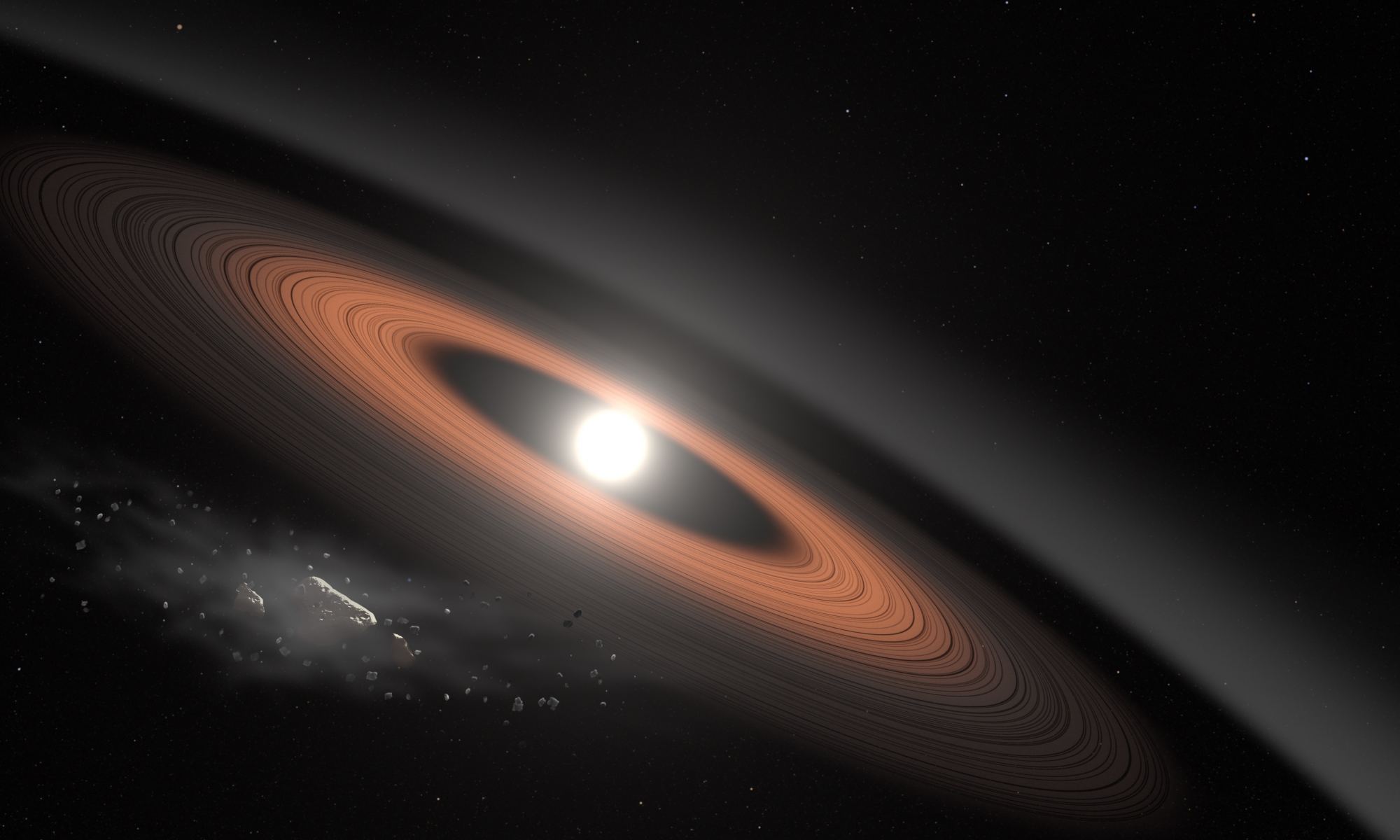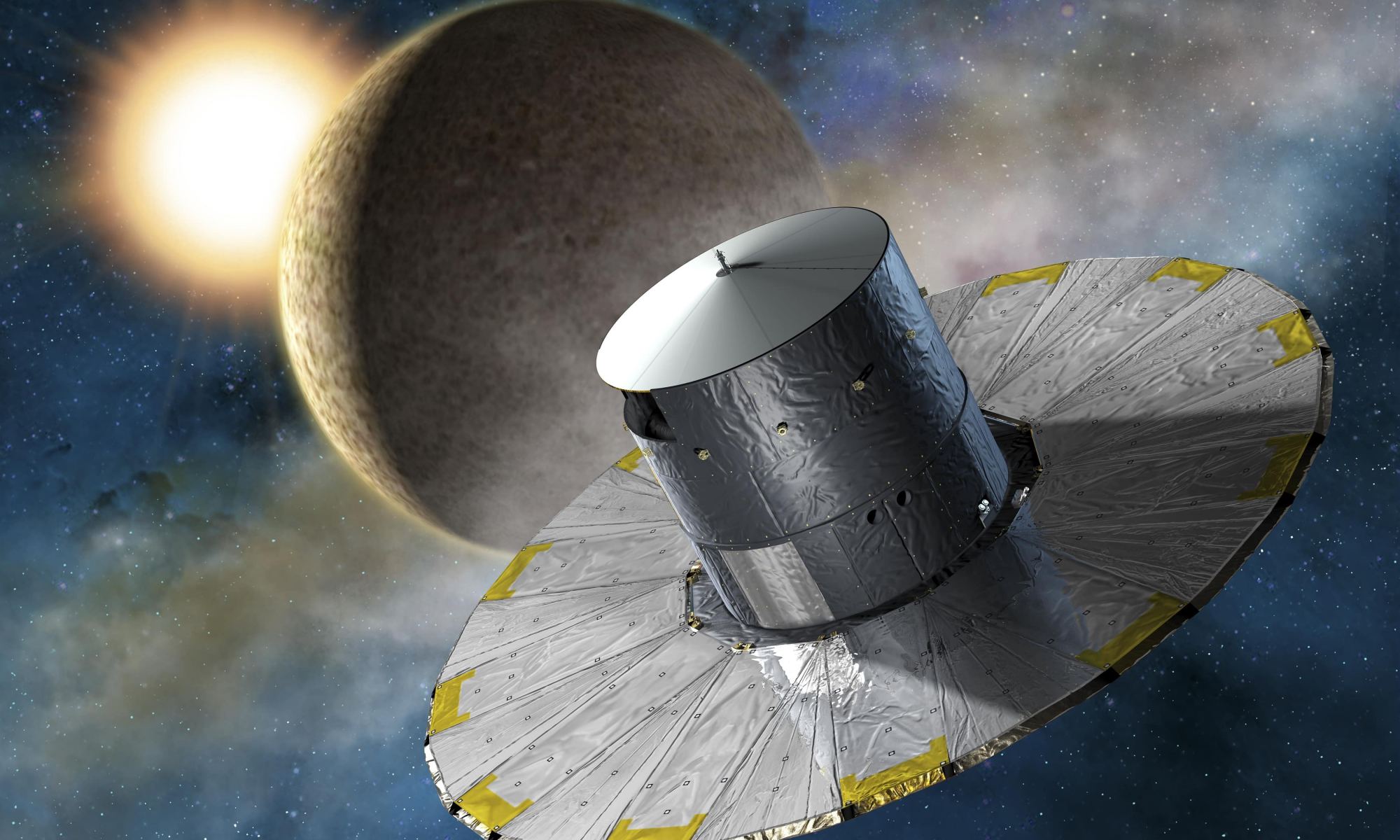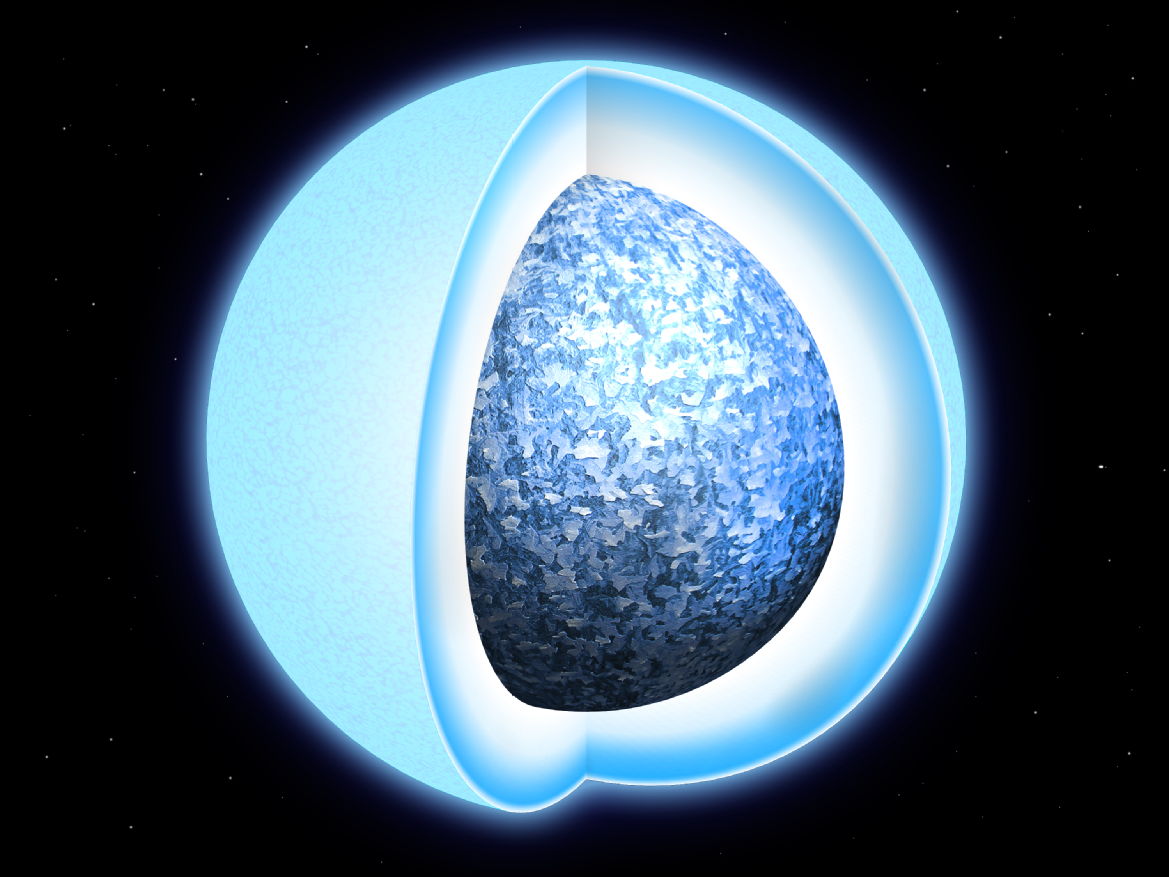The Big Bang produced the Universe’s hydrogen, helium, and a little lithium. Since then, it’s been up to stars (for the most part) to forge the rest of the elements, including the matter that you and I are made of. Stars are the nuclear forges responsible for creating most of the elements. But when it comes to lithium, there’s some uncertainty.
A new study shows where much of the lithium in our Solar System and our galaxy comes from: a type of stellar explosion called classical novae.
Continue reading “Much of the Lithium Here on Earth Came from Exploding White Dwarf Stars”



